- Home
- slideshows
- miscellaneous
- I used one of Tesla's Supercharger stations for the first time, and it solved the biggest problem I had when driving the Chevy Bolt and Nissan Leaf
I used one of Tesla's Supercharger stations for the first time, and it solved the biggest problem I had when driving the Chevy Bolt and Nissan Leaf
My first experience with electric-vehicle chargers came when I drove the Chevrolet Bolt EV last year.

During my second day with the Bolt, I drove around New Jersey to avoid the traffic in Manhattan
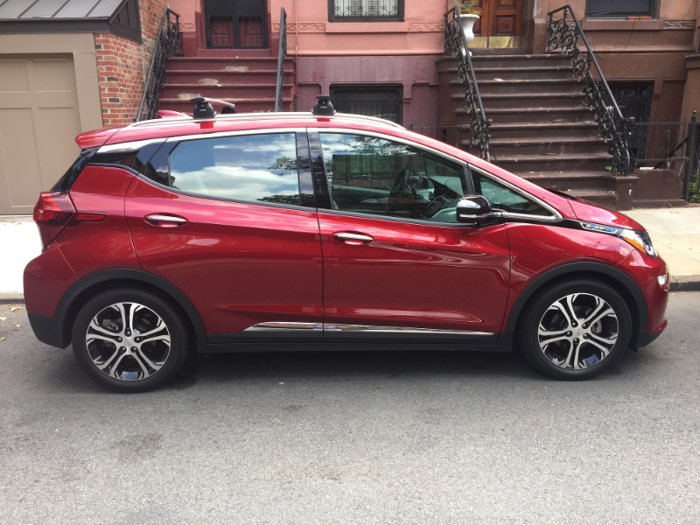
I used Apple CarPlay to find nearby charging stations, and it appeared I had a decent number of options. But things went downhill from there.
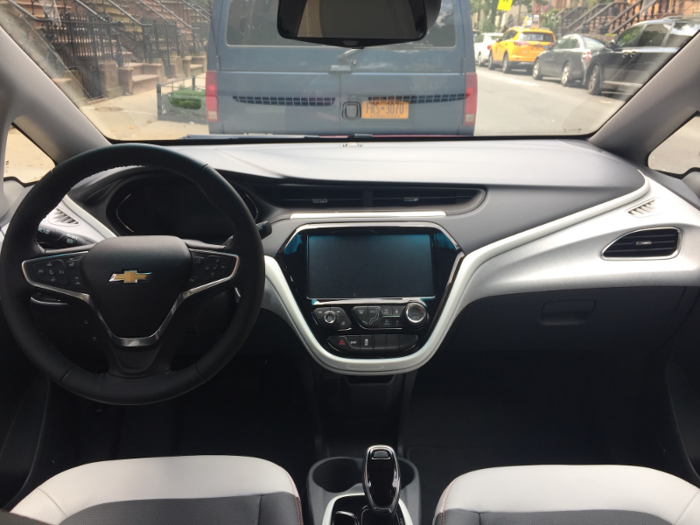
Four of the five charging stations I navigated to weren't visible from the street.
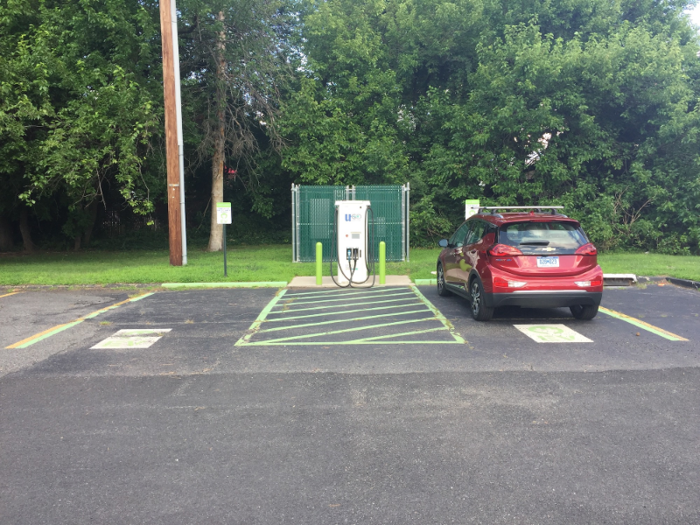
I wasn't able to find the first two. The third, pictured above, was down for maintenance, and the fourth was occupied.
It took about two hours to find a charging station that worked and had an opening.
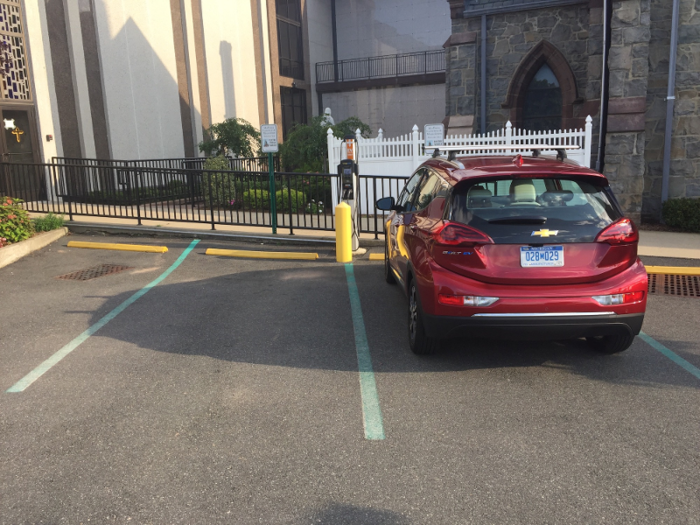
But the station I found had a "Level 1" charger, which mean it could add around 25 miles of range per hour.
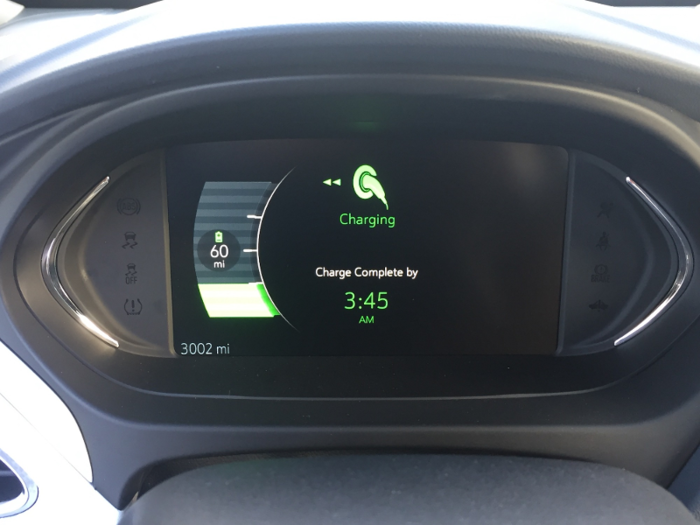
I would have had to wait at least three hours to add a significant amount of range and nine hours for a full charge.
I also had difficulty finding a charging station when I drove the Nissan Leaf a few months later.
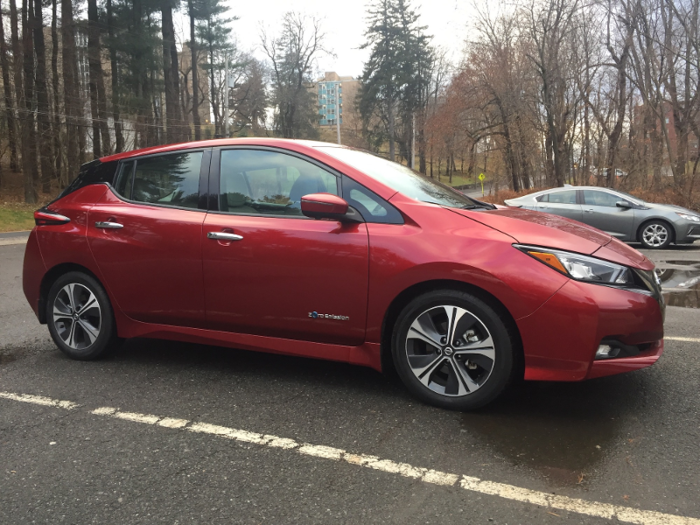
The Leaf's navigation system had a feature that displays and provides directions to nearby charging stations, but it was ineffective.
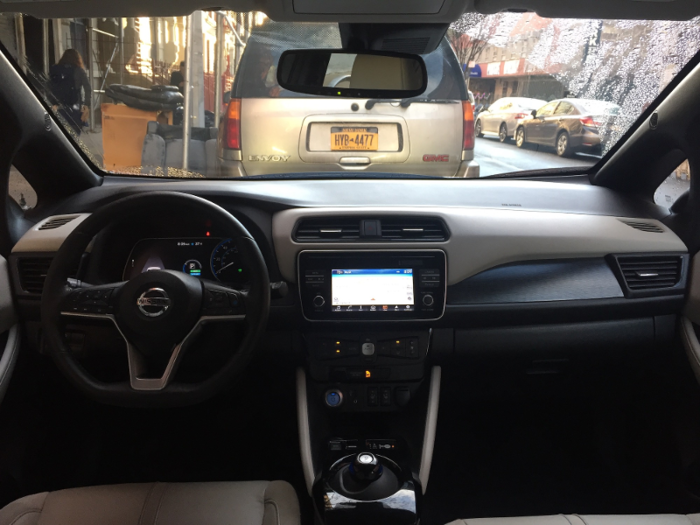
My first attempt at using it directed me to a Nissan dealership that appeared to no longer exist, and my second attempt led me to a large, multistory indoor parking garage without giving my any indication of where the charger was located.
I eventually gave up and turned to Google Maps, which led me to an easily accessible charging station without any difficulty.
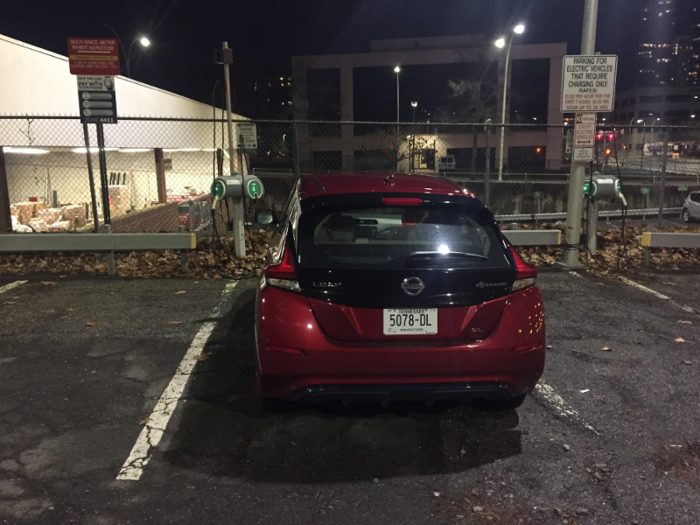
The next day, I began using the ChargeHub app, which allows you to search for nearby charging stations and locate them on a map.
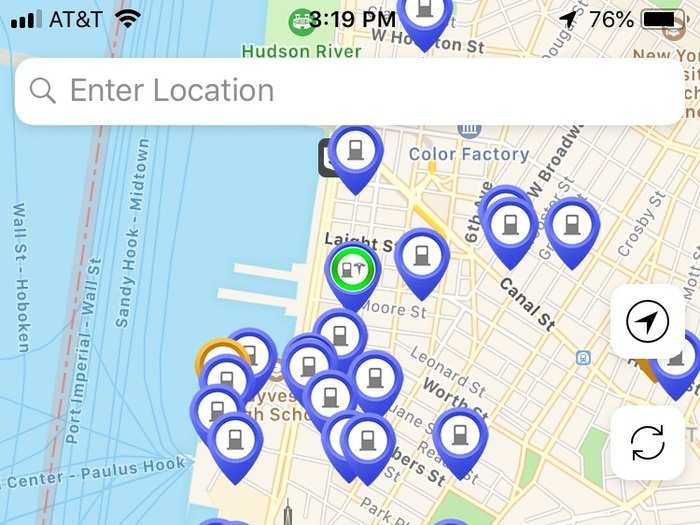
The app also tells you the number of plugs at each station, where the plugs are located, the shape of each plug, how quickly it can charge your car, and how much it costs to charge. The app was far more effective than any other method I'd previously used to find charging stations.
But finding and using a charging station was much easier with the Model 3.
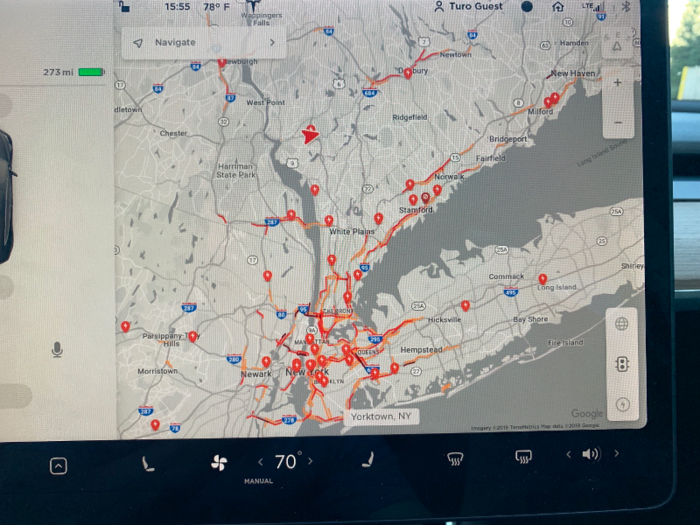
Tesla's Supercharger stations were easy to find using the Model 3's navigation system.
I could immediately determine how many spots were open at a station before driving to it.
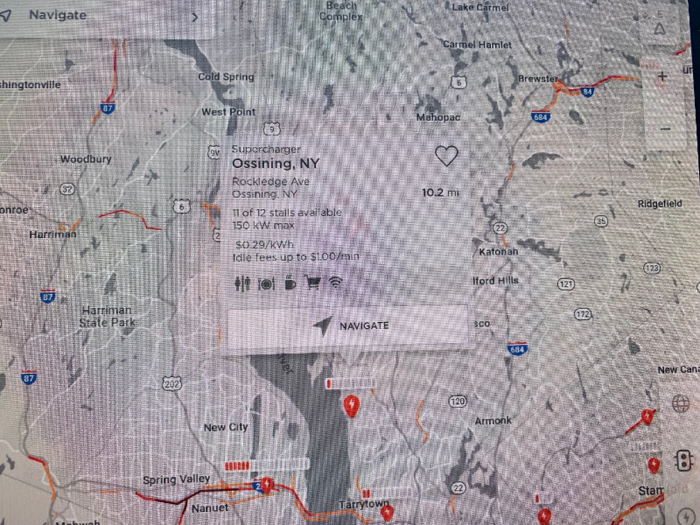
The station I chose was tucked into the corner of a strip mall parking lot, but the distinctive appearance of Tesla's charging stalls made them easy to spot.
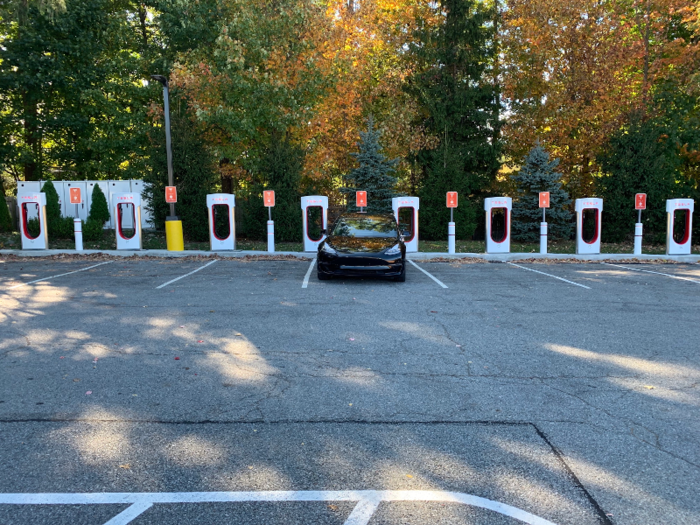
One small disadvantage this time was the fact that I had to back into my spot because the Model 3's charge port is near the trunk, and the charging station's cables weren't very long.

I used the touchscreen to open the charge port.
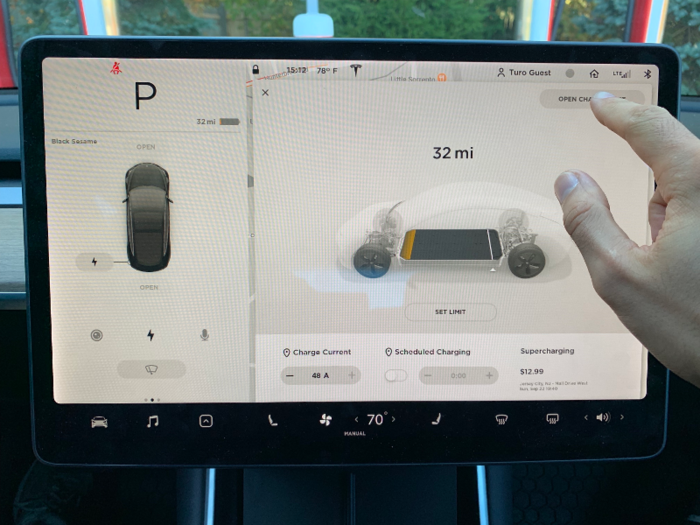
Tesla automatically charges the owner's credit card for charging sessions. No need to pay at the station.
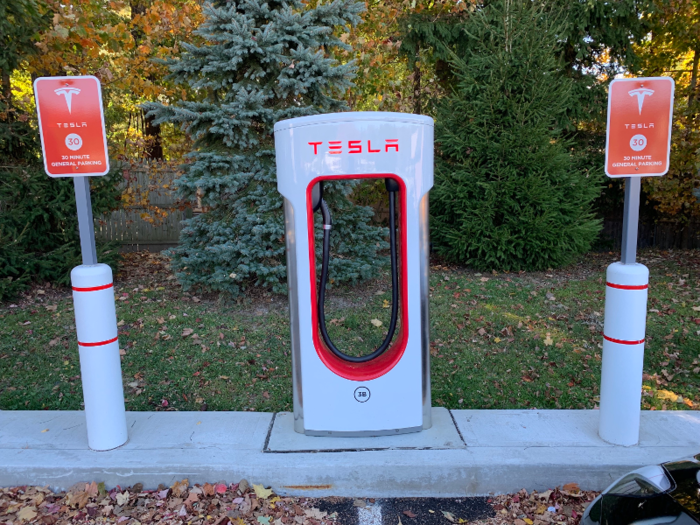
All I had to do was grab the cable ...
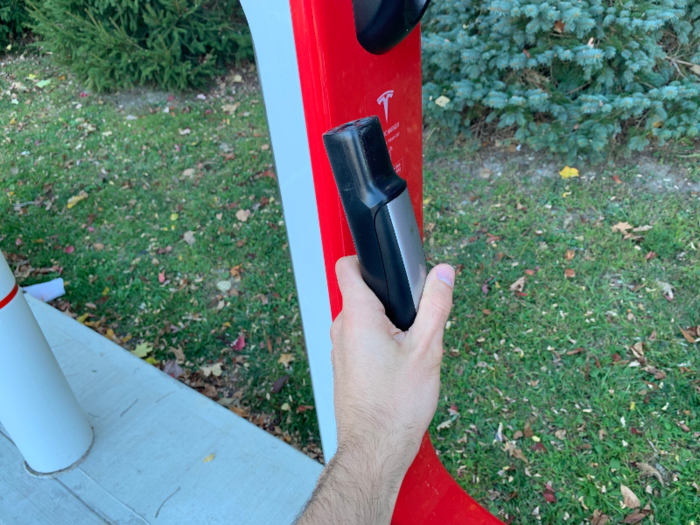
... and plug in. The car started charging immediately.
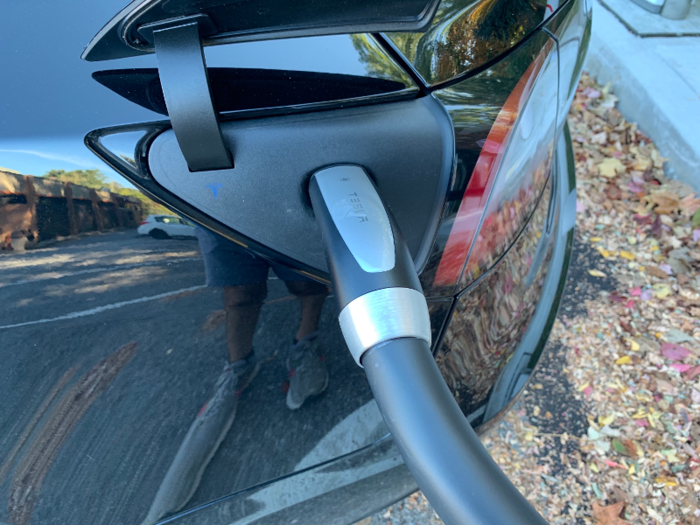
Once it started charging, I could monitor its progress on the touchscreen.
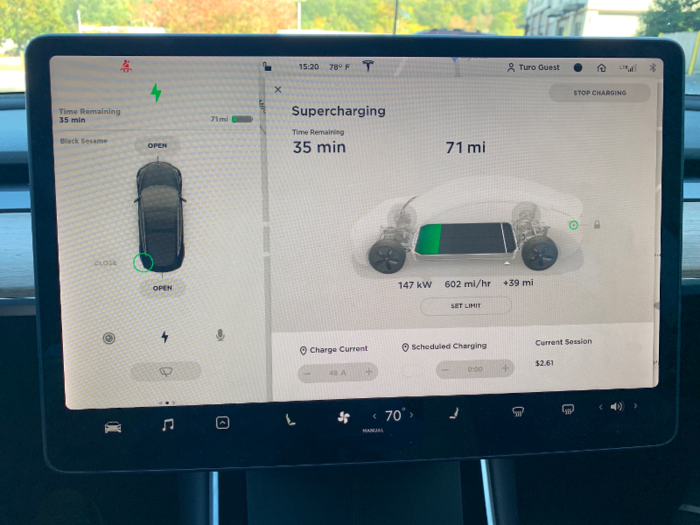
I arrived at the Supercharger station with 32 miles of range left. A little over 40 minutes later, I had 273 miles.
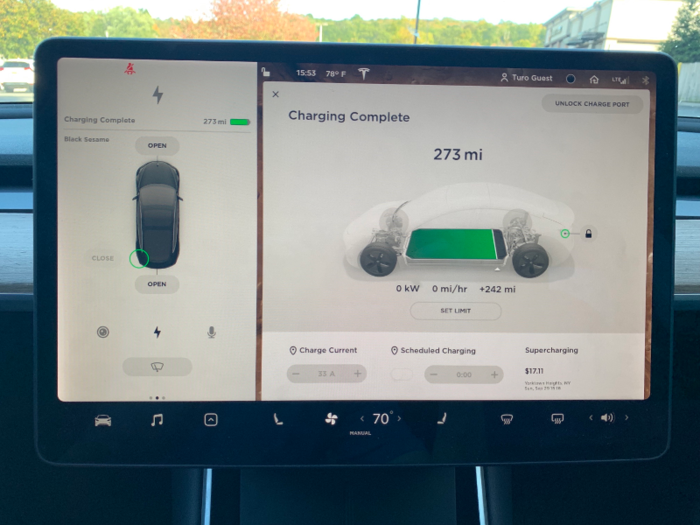
The charging session cost a little under $18, much less than I'd have paid for gas.
Still, the time it took to charge was a little slower than I'd have liked if I was on a road trip. If I didn't want to stop for a meal, it would have added an extra 30 minutes to my trip.
Thankfully, the vehicle's 310-mile range (the owner of the vehicle I tested limited charging to 90% of its range to protect the battery) meant I only had to charge once during the weekend.
- Read more:
- Consumer Reports slammed Tesla's controversial Smart Summon feature, saying it sometimes acted like a drunk driver
- Why Tesla's Model 3 received a 5-star crash test safety rating
- How Tesla could rescue the US motorcycle market
- I visited a Tesla store and a Mercedes-Benz dealership — these were the most striking differences between them
Popular Right Now
Popular Keywords
Advertisement